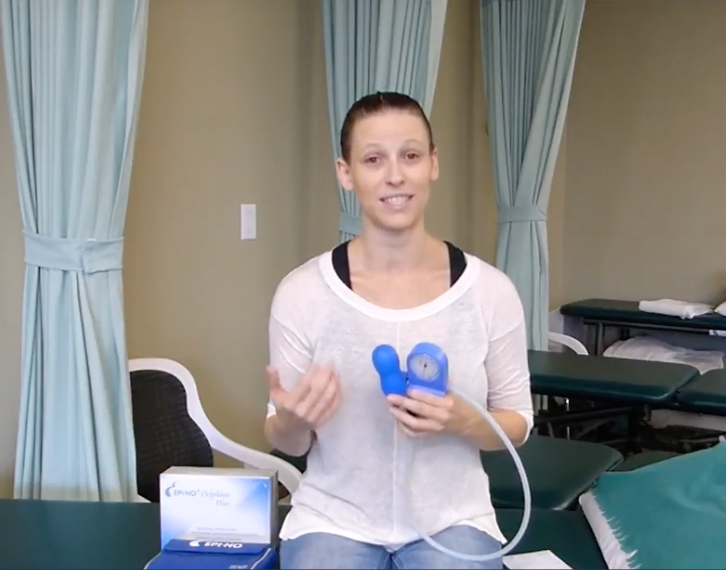I have worked as a doula for over a decade, and have attended over 200 births. There are a few things I have learned along the way to help mothers prepare for a better second stage labour (pushing). Of the many women I have supported in birth, many have shared that they are concerned about tearing. The following are my five tips to prevent tearing during childbirth:
1. Take a Childbirth Education Class
Taking a class can help you understand the process of labour and what to expect during each stage. A class can provide you with relaxation exercises that will help you open your body and mind as you journey though labour. You will also learn breathing techniques during second stage labour as well as tips on when and how to push.
2. See a Pelvic Health Physiotherapist
We strongly recommend that all our clients book an appointment to see a Pelvic Health Physio. They can show you how to strengthen your pelvic floor or help you to relax those muscle groups in preparation for childbirth. Contact us today for a recommendation in your area.
3. Use an Epi-No
This is a device that helps women who want to minimize tearing to their perineum during the pushing stage of birth. The device was designed with the goal to reduce episiotomies, although they do not guarantee that you will not tear or require an episiotomy. Anecdotally, I have found that most women who use one have minimal to no tearing. The Epi-No can also help women build their confidence as they prepare for labour. For more information see the video link below. If an Epi-no is not in your budget (it’s about $200), try perineal massages.
4. Warm compresses during pushing
Ask your health care provider to put warm cloths on the perineum while you birth your baby. There is good evidence that this is a technique that can prevent 3rd and 4th degree tearing. Remember to put it in your birth plan! Click here for more information
5. Remember that Position matters
The positions that cause the least amount of trauma for the perineum include: pushing in water, on all fours; on hands and knees; kneeling on one leg and supporting yourself with the other foot flat on the floor or bed. Lying on your side this is not the best position for your pelvis.
For more information or for a recommendation of a pelvic health physiology therapist in your area please contact us at [email protected]


